The theme of the Kujukushima Zoo&Botanical Garden is the healing of your mind by the nature of the Kujukushima. In the park, you will feel like surrounded by the nature, the vigorous animas with adorable expression.
Japanese Serow
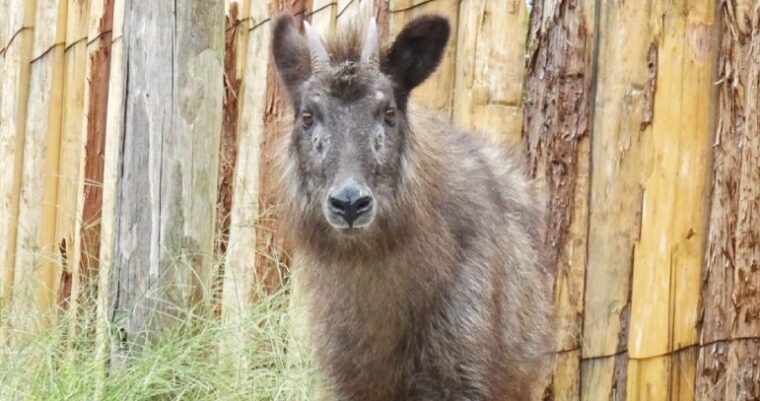
Japanese Serow
The Japanese serow is endemic to the mountainous regions of Honshu, Shikoku, and Kyushu, and is designated as a special natural monument. Their population is decreasing year by year, and even in Kyushu, the number of animals has decreased to about 200 by 2020.
In our park, there lives “Bunta(♂)” who joined us in October 2024.


African Sacred Ibis
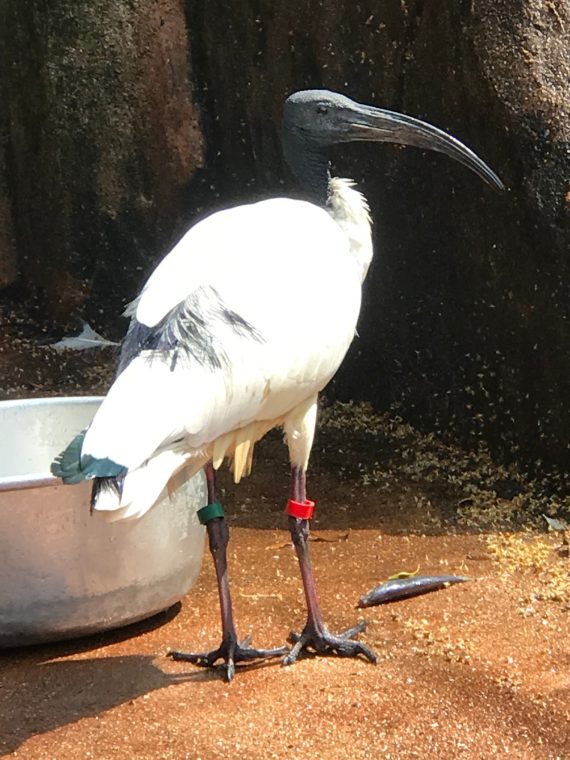
African Sacred Ibis
The African Sacred ibis is found on the African continent south of the Sahara Desert and on the island of Madagascar. The black crested ibis is characterized by its black head and neck. We keep 10 birds at Mori kirara.


Harris’s hawk
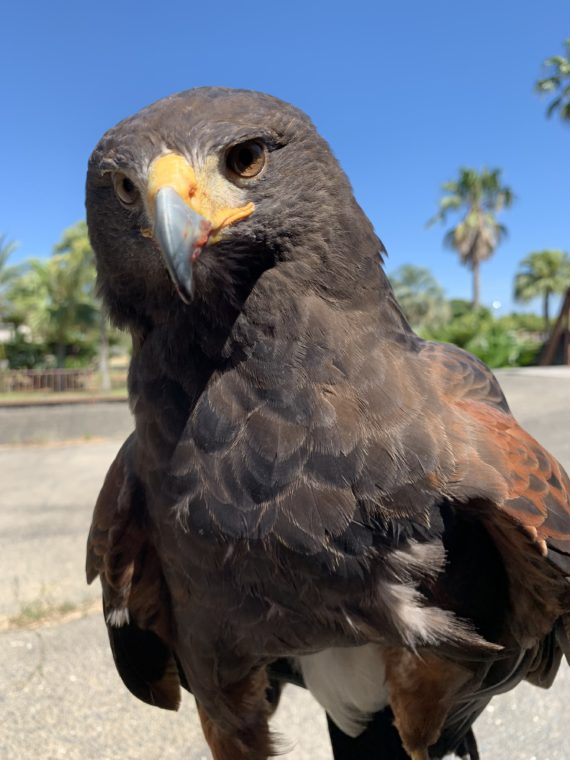
Harris’s hawk
Hawks are found in the warmer parts of Central and South America. Unusually for birds of prey, they hunt in flocks and are said to have a strong sense of camaraderie.
At Mori Kirara, a female hawk named “Chitose,” who is very cautious and dry, lives with us.
Great horned owl
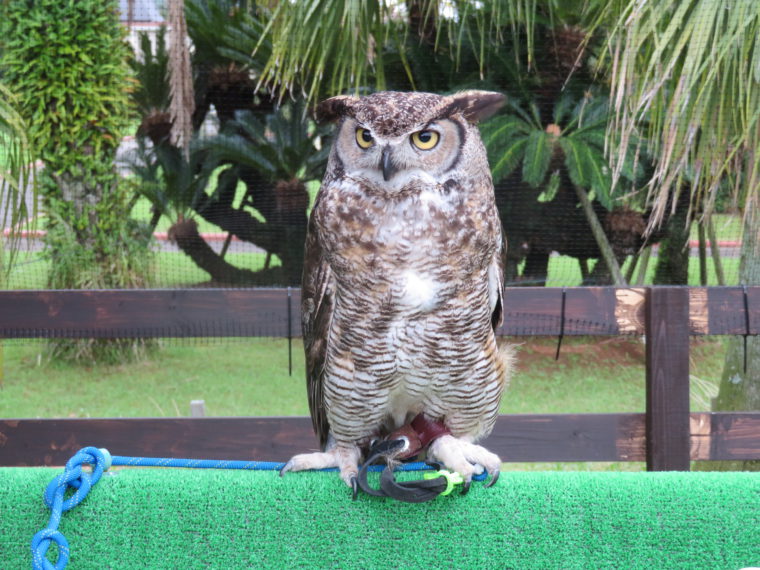
Great horned owl
They are found in a wide range of habitats from the Arctic to South America. They have a very strong grip and can capture large prey such as raccoons. A slightly timid and capricious “Harry” lives in the MoriKirara.

The Japanese Garden

The Japanese Garden
There is about 40 types of plants in the Japanese Garden,and the digging method is coming from ancient times.
The Biotope

The Biotope
The Biotope is about 170 square meters, and protect the endangered local faunas and floras.
The Botanical Greenhouse

The Botanical Greenhouse
The Botanical Greenhouse is about 13 meters high and built at 1979.There are many exotic plants in the greenhouse such as papaya and hibiscus.You can watch the green vegetation all year around!
Reticulated Giraffe
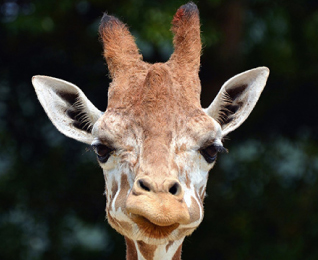
Reticulated Giraffe
There are three Reticulated Giraffes living in Mori Kirara, one of them is shy but like viewing peoples from distance,his name is HAYATO. Another one is a foodie and curious named ITO. And the baby giraffe MINATO. During giraffe’s Mogu Mogu Guide,the keeper will introduce the giraffes’ food and how they eat, and also explain the giraffes’ character.We hold this event on evey weekend and Japanese hoildays.
Squirrel Monkey
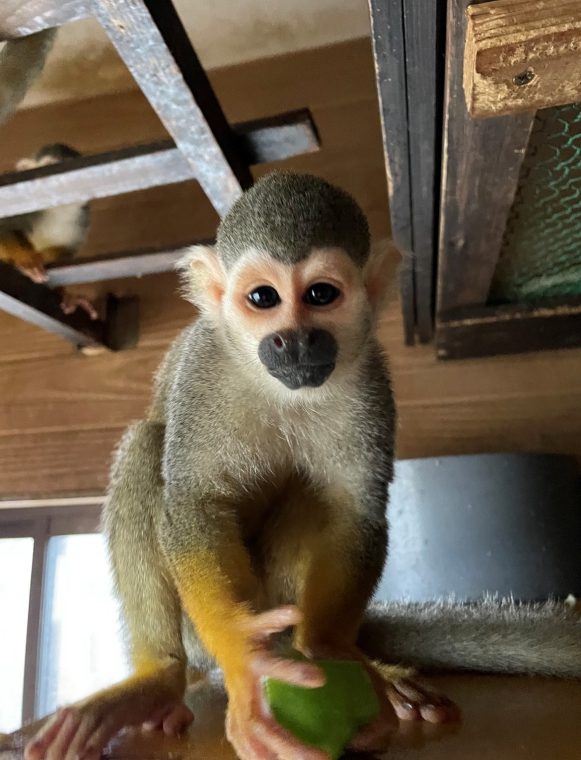
Squirrel Monkey
They have a small body and a long tail,that‘s why they be called squirrel monkey.They are living in forests of South America.
Snake
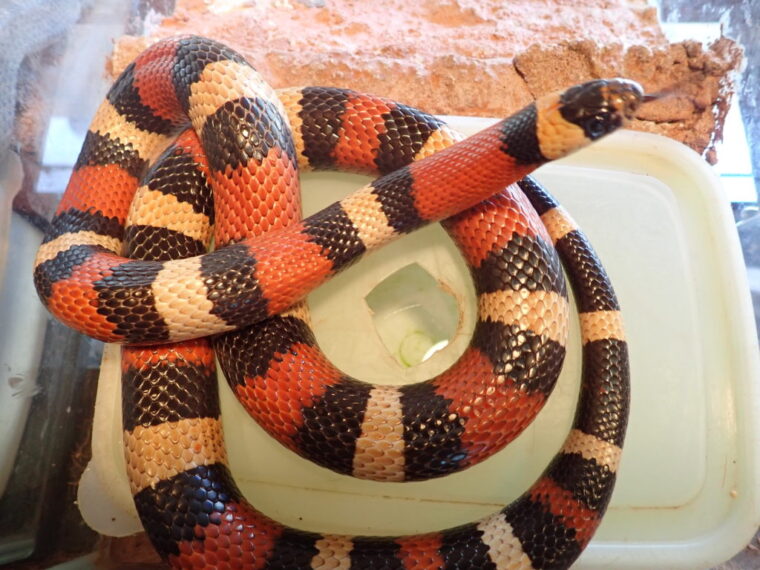
Snake
ミルクスネークとカリフォニアキングスネークとコーンスネークの3種を飼育しています。
体長1m程のコンパクトなサイズのかわいいヘビたちですが、ごはんはマウスを丸呑みしちゃいます。
※写真はミルクスネーク
Meerkat

Meerkat
There are 4 meerkats living Mori kirara.
There are named KUINI,NYUTO,DEIMU and HADUKI.
When it’s clod you can see they sleep together in the pot.
Beaver
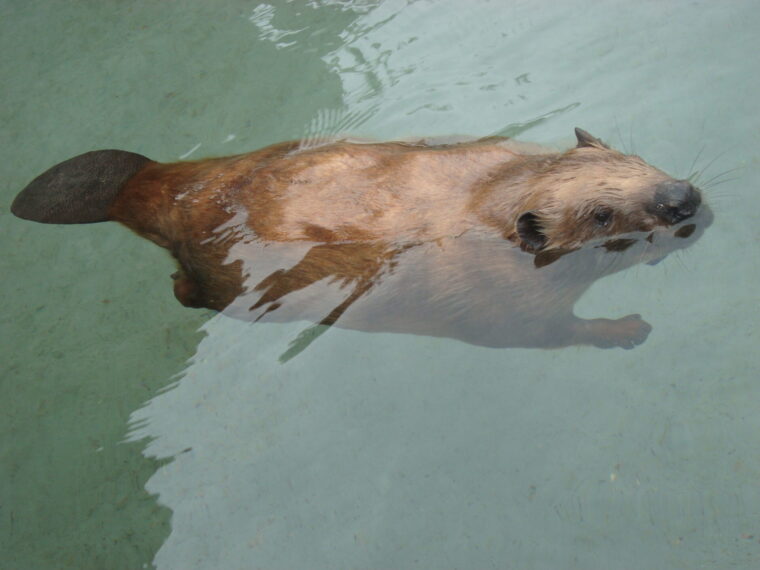
Beaver
American Beavers are living in the lakes and ponds in North America. They are the biggest one in muridae besides of capybara. Its oar-like tail and webbed limbs make it suitable for life in water.
Japanese Macaque
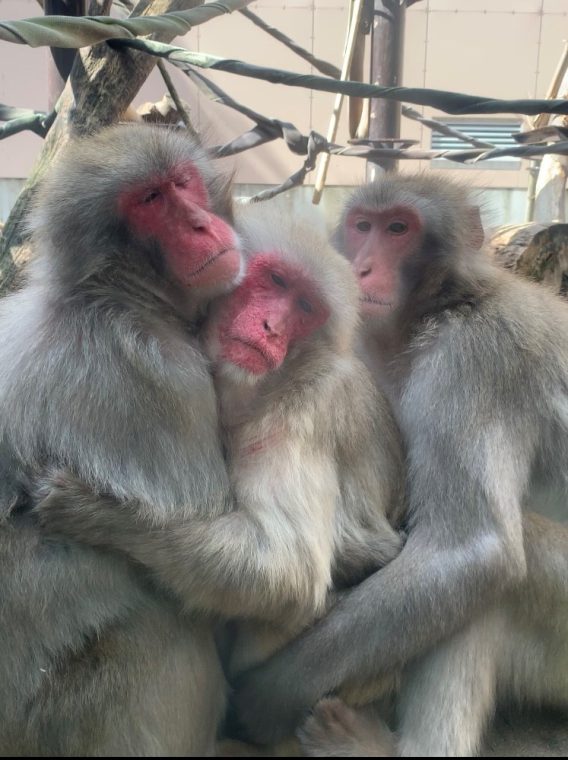
Japanese Macaque
It is the northernmost monkey living in the world. In Kirakira mori, we have 19 heads.
There are also groups with good relationships in the group, and on the left side of the photo, Hanabi and Komaki embrace each other very friendly. In the evening party, they often hug each other, please make sure to come and see it once.
Red Panda
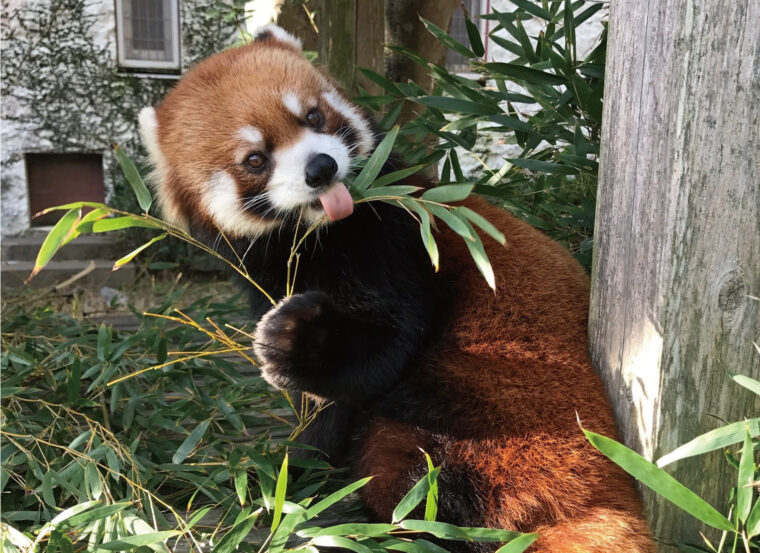
Red Panda
The Red Pandas are distributed in southeast of the Himalayas and southwest of China. Red Pandas hate summer but love winter. They are also good at climbing a tree and grab things with the forelimbs. There are three red pandas in mori kirara. Ren, Mikan and Meifa
.
Siamang

Siamang
Siamang is the biggest gibbon with black body, and distribute in Malay Peninsula and Sumatera island. They make a large noise like singing using their gular sac. There is a family living in Mori Kirara. The couple Kari(♂)and Kuro(♀) with their three children. If it is good weather, maybe you can try to see them cross the monkey bar, and what they are doing on the monkey bar.
Chapman’s Zebra

Chapman’s Zebra
Chapman’s Zebra are mainly distributed in Africa. There is a brown stripes between the white and black stripes. It is said the zebra’s stripes are formed to deceive enemies.
Ring Tailed Lemur
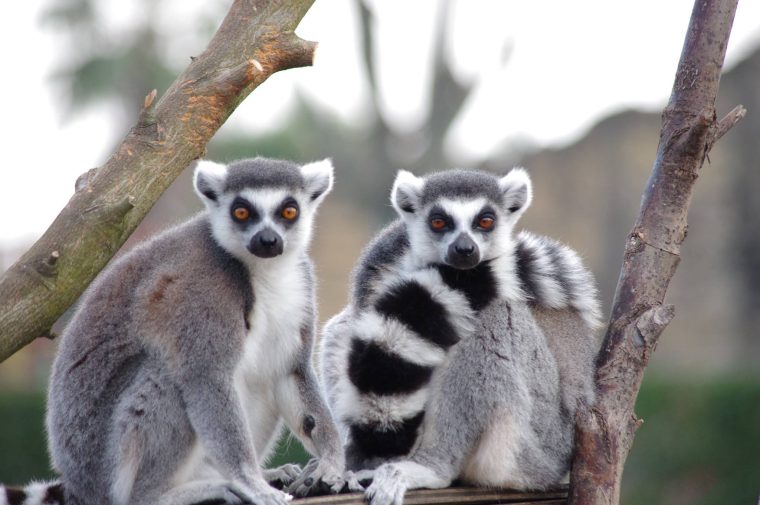
Ring Tailed Lemur
Ring Tailed Lemur are mainly distributed in Southern Madagascar. The name comes from the patterns of black and white circle long tail. There are 4 ring-tailed lemurs living here in Mori Kirara. At Wao Island, where ring-tailed lemurs are allowed to roam free, events are held where you can go inside and observe the animals up close. (Held on weekdays 13:00~13:30)
Aldabra Giant Tortoise
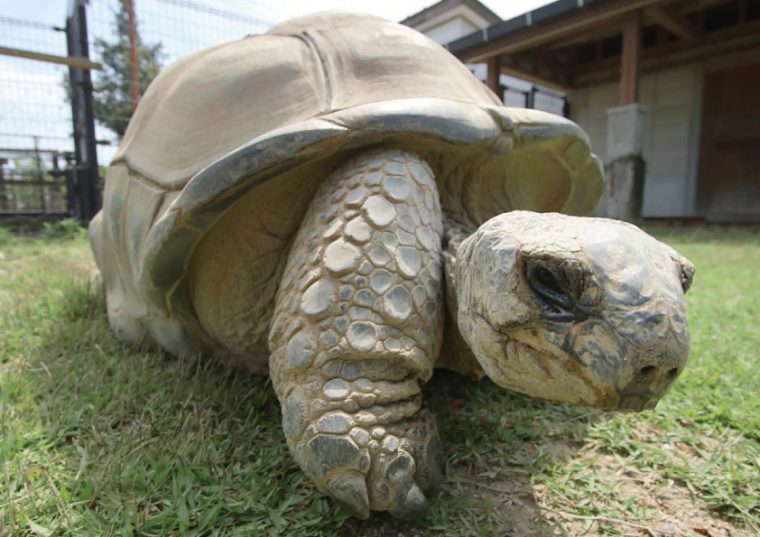
Aldabra Giant Tortoise
Aldabra giant tortoise is the biggest species of tortoise witch is able to keep as a pet. They live up to 180~200years,and weigh up to about 200kg. Because of the cold temparature, he does not come out in the winnter.
The aldabra giant tortoise may be big,but it doesn’t make much sounds or move a lot. So sometimes visitors wonder if it is a real tortoise.
Raccoons

Raccoons
Raccoons are good at climbing trees and love playing in the water. At Mori Kirara, you can see seven raccoons with a rich variety of personalities. The cute pose to ask for snacks is also very endearing.
Goat
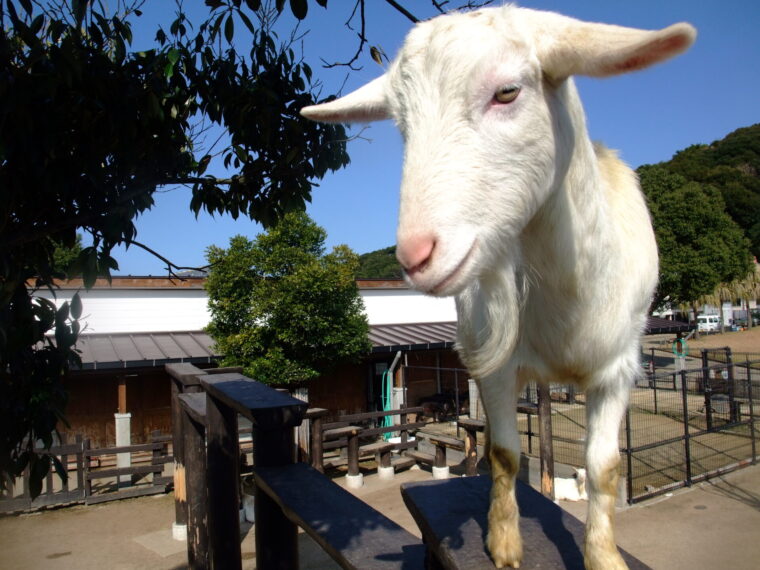
Goat
There are 2 kinds of goats living in Mori Kirara.There are Japan saanen、Shiba yagi. There hate water, so they don’t even move one step from the roof when is rainy day.At the petting area, visitors can try feeding the goats (100 yen).
They don’t like the face and cornu be touched,so you can have a try to touh their shoulder and back.
Sheep
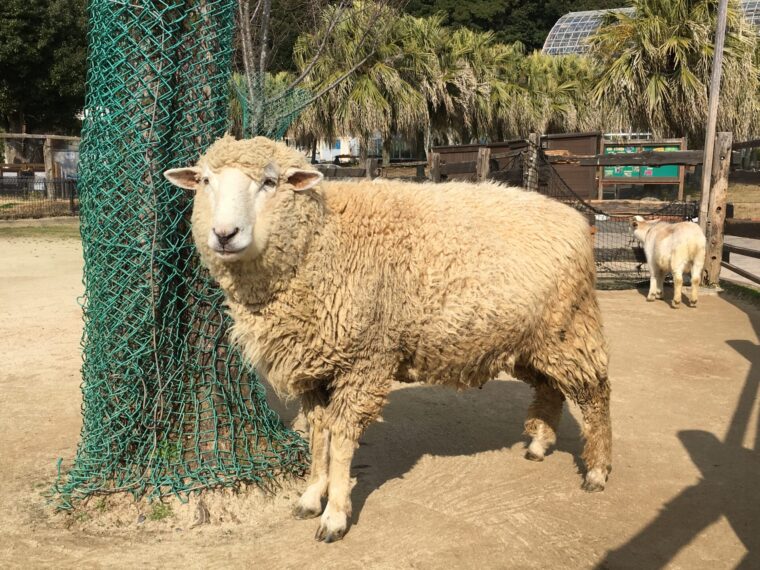
Sheep
There is a Coriolis with white face named SHIROPU, it is very naughty and Gluttonous. Although usually looks fluffy,but after the shearing at late April every year,you will be confused if it‘s a goat or a sheep unless you look carefully.
Hamadryas Baboon

Hamadryas Baboon
The Hamadryas Baboons in Mori Kirara ,they all has unique characteristic. Baboons like romping together and find food together. Sometimes they also flight with each other.
You can buy the food for them (100yen) so plese try feed them!
Asiatic Black Bear

Asiatic Black Bear
The black coat and the white spot on the chest is the Asiatic black bear’s character. Usually live in the mountain forest and favorite food is nuts and insects.
In Mori Kirara,ulike its name, “Tsuyoshi”, a male who is a bit more cautious than his name suggests, and “Mimi”, a curious female who is not afraid to be shy.
Rabbit
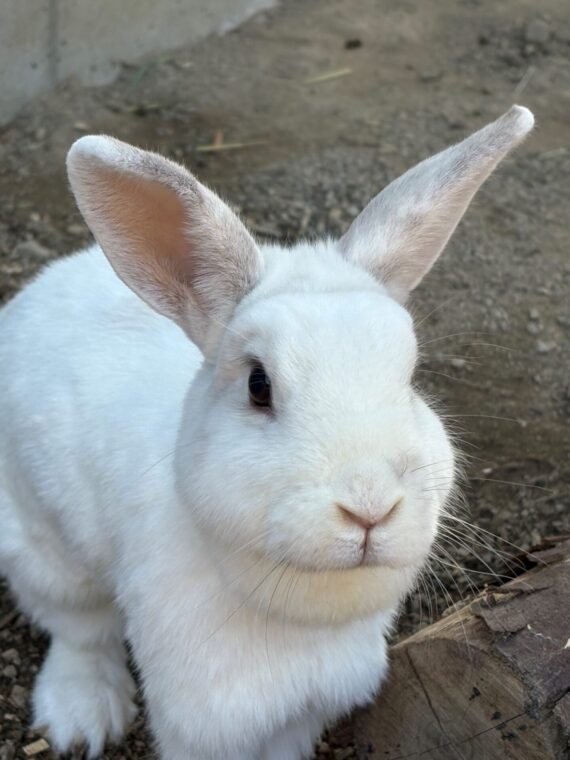
Rabbit
At Mori Kirara, we keep four rabbits.
Each rabbit has a different personality: one loves digging holes, one has a big appetite, one is nervous, and one loves girl rabbits.
Although you cannot touch them, please watch over them gently.
Taishu Horse

Taishu Horse
The Taishu horse is a type of horse native to Japan that has been bred mainly on Tsushima Island. With a gentle disposition, they have long been an integral part of people’s lives as farm horses.
There are three Taishu horse in Mori Kirara. There are TAKAHIRO(♂)、TOYOHIME(♀)、HIMEKA(♀).
The Underground Castle

The Underground Castle
You can get close to see the little animals live underground. Also you can see the view of Mori Kirara by going up to the mound of the Underground Castle.
Japanese Raccoon Dog
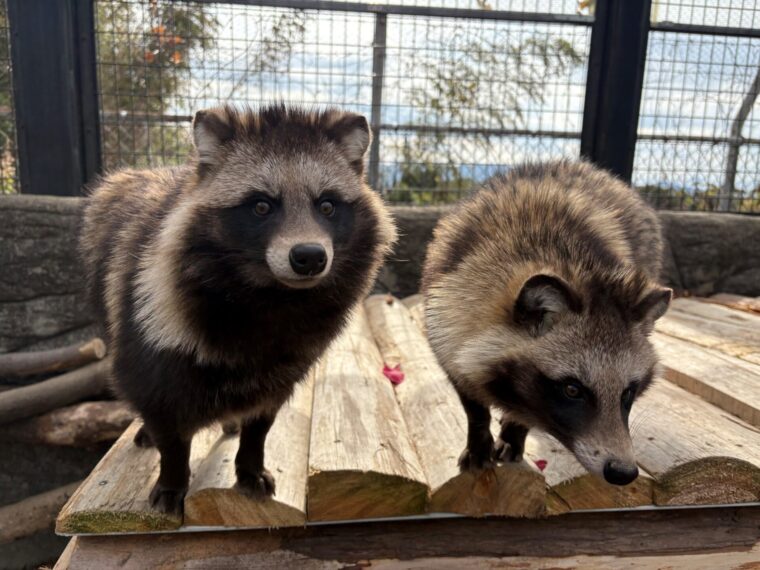
Japanese Raccoon Dog
Although familiar in Japan, the Japanese raccoon dog is found only in parts of Asia, and the Japanese raccoon dog in Japan is endemic to Japan. It can climb trees, which is unusual for the canid family.
Our Japanese raccoon dogs, 「Sue(♀)」and 「War(♀)」 , came to Mori Kirara in May 2024 after being rescued from an irrigation canal in the city of Omura, Nagasaki Prefecture.
Please observe the differences between them and the raccoons that live in our park.
Falmingo
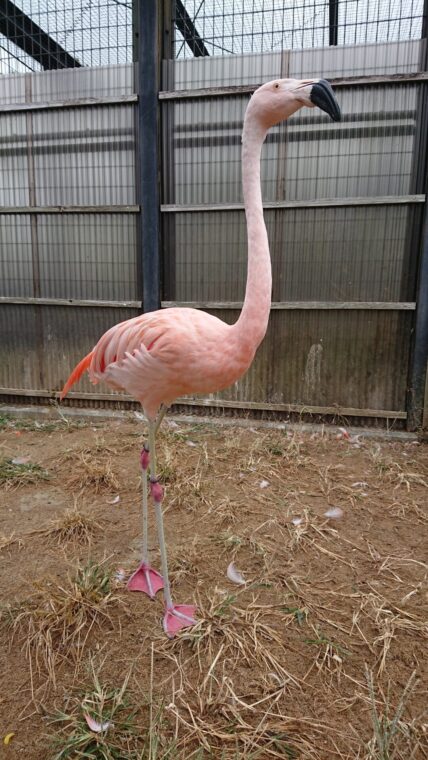
Falmingo
Flamingo are Mainly distributed in Europe, America and Africa.Two kinds of Flamingos in Mori Kirara.Threre are American flamingo and Chilean flamingo.
Eurasian Black Vulture
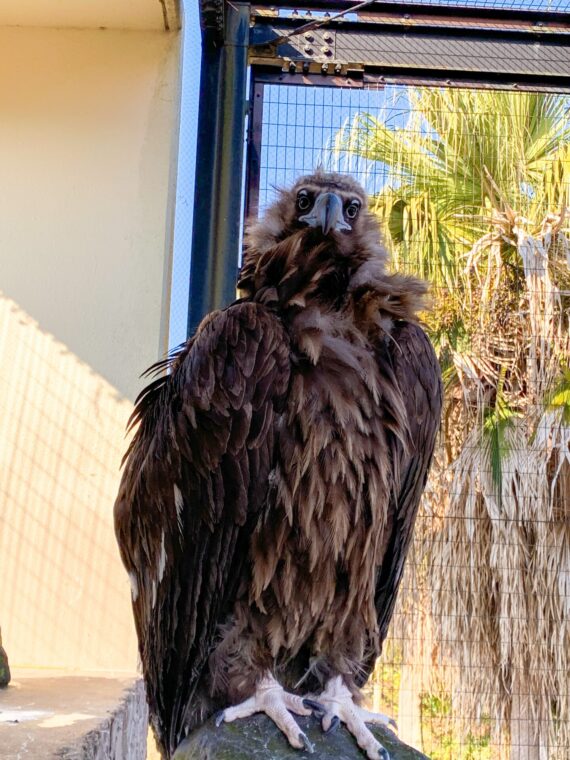
Eurasian Black Vulture
Eurasian Black Vulture are usually distributed in Europe、Central Asia and China etc. The black vulture named Wakako (♀)came to Nagasaki as a straglar, and captured at Goto islands in Nagasaki. The wing span is about 2.5m.
Tsushima Leopard Cats House

Tsushima Leopard Cats House
Tsushima Leopard Cat and Amor Leopard Cat are on display in the House. Tsushima Leopard Cats only occur on Tsushima Island and Amur Leopard Cat occur in the Northeast of China or Korean Peninsula.
Tsushima Leopard Cat
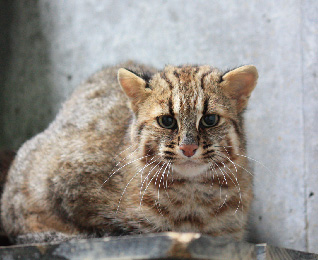
Tsushima Leopard Cat
Tsushima Leopard Cats only occur in the Tsushima Island, and about 100 Tsushima Leopard Cats left in the wild. They were designated as the National Natural Monument. There are 4 cats living in Mori Kirara,but only one is on display now. They will be off-exhibit from December to April due to the breeding program.
Monkey Zone
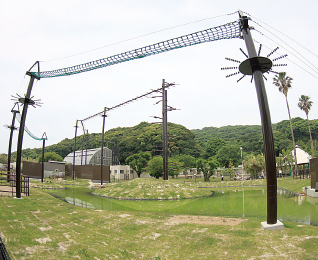
Monkey Zone
Here is the first Monkey Bar built in Kyushu Japan. You will enjoy watching the cute monkeys having fun and running around. Also you can find the Ling Tailed Lemur bask in the sun in the sunny days!
Rose-coloured Parrot
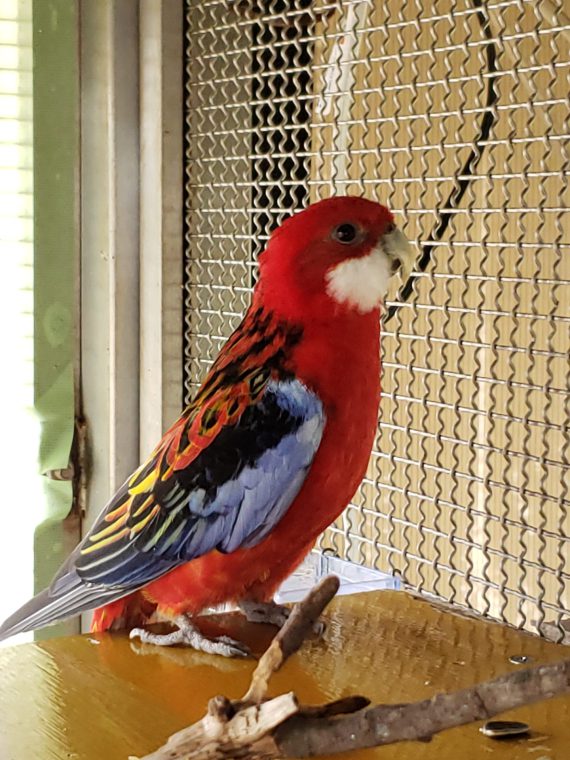
Rose-coloured Parrot
It is an inherent species of parrot in Australia, with a strong sense of vigilance and a timid personality.
The lifespan is about 15 years. Although not speaking, whistling will respond with a beep.
Nana (male) lives in Morikirara.
Mealy Parrot
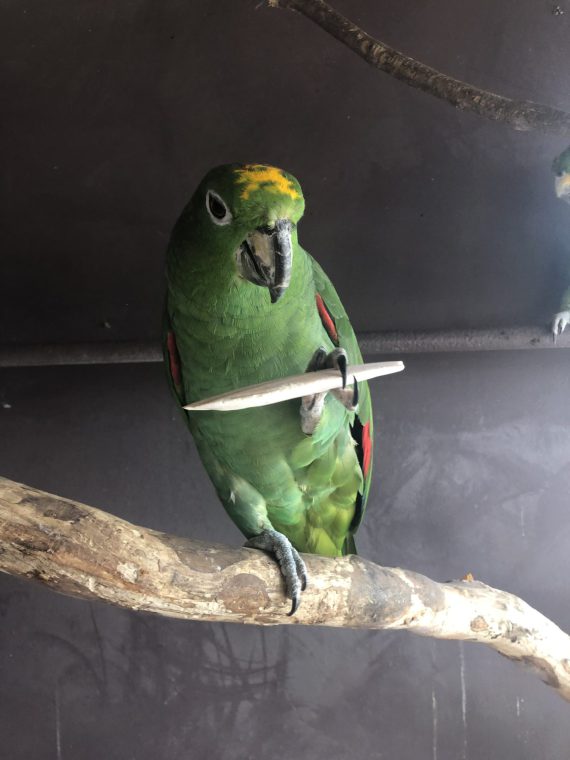
Mealy Parrot
Residing in South America, the average lifespan is about 40-50 years. It is a companion of Amazon parrots, belonging to a large species of parrots. Although there are individual differences, their characteristic is that the area around the eyes is white and the head is yellow.
Mori Kirara has two southern mealy amazon, Percy (♂) and Gordon (♀).
Great White Pelican
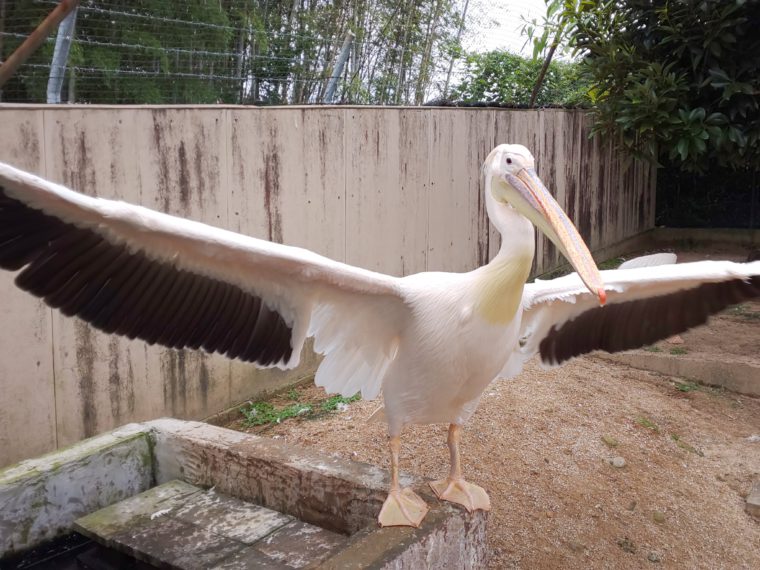
Great White Pelican
Great White Pelican are mainly distributed in Europe、Central Asia and Africa.
Humboldt Penguin
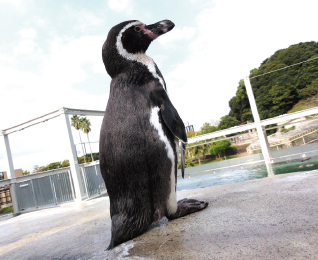

Humboldt Penguin
There is about 15 Humboldt penguins in Mori Kirara. The characteristics of haumboldt penguin are that the base of the mouth is pink and there is a black line on ther chest.These cute penguins can take the elevator and go for a walk on the Lawn Plaza.
Cheetah
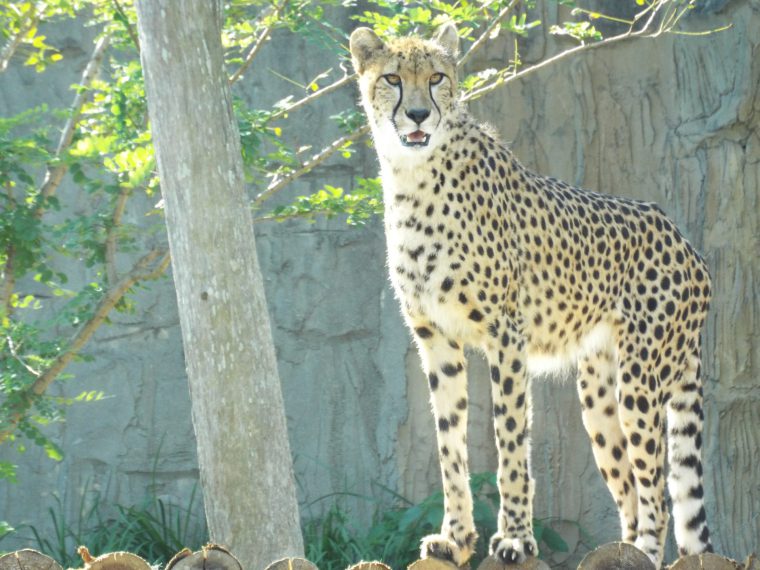
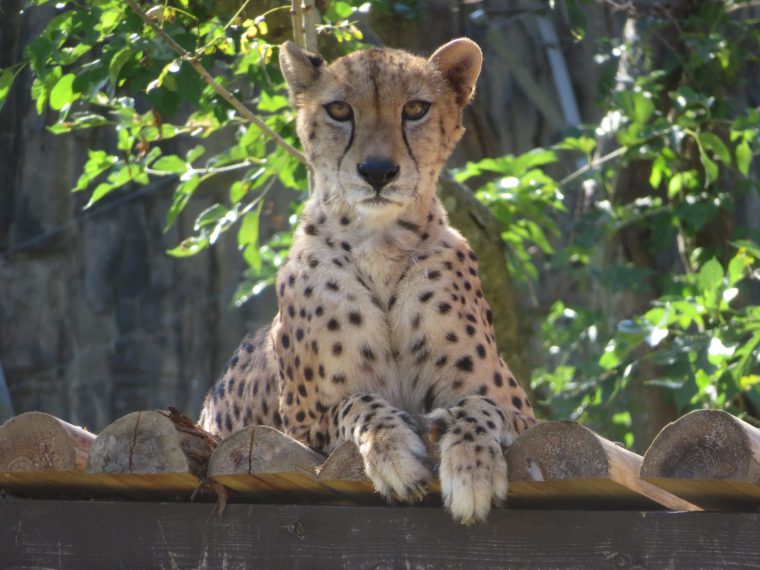
Cheetah
Chamu (♀, 2 years old / photo above) and Kaito (♂, 9 years old / photo below) joined us in September 2023. In the exhibition hall, you can see the energetic running around, climbing up and down, or lying lazily.
※Only Chamu can be seen now. After familiarizing with the showroom environment, Kaito will also meet with everyone. (As of October 2023)
Indian peafowl
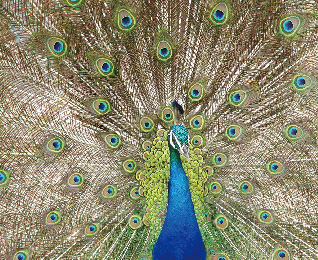
Indian peafowl
Indian Peafowl was just like its name,they are mainly distributed in India.The peacock develops its glorious plumage to attract females.
You cloud often see the peacock spreads its tail at spring and summer.














